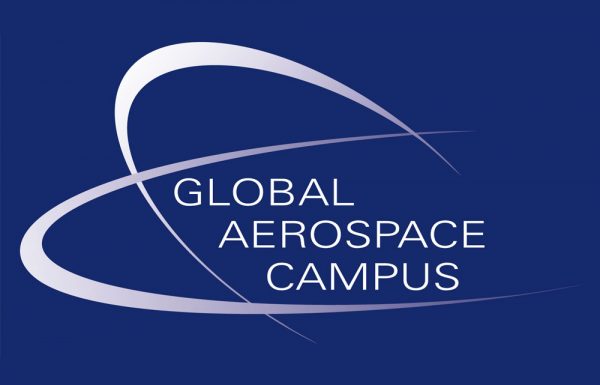
Die Vortragsreihe „Impulse“ ist Teil des Global Aerospace Campus. Das Format bündelt Vortragsmitschnitte von Expertinnen und Experten zu aktuellen Entwicklungen in der Luft- und Raumfahrt. Alle Vorträge werden live und vor Publikum mitgeschnitten. Weitere Impulse sind bereits in Planung.
Gianluigi Liva on “Communication Techniques for Large Scale Satellite IoT Systems”
In this talk, Munich Aerospace research group coordinator Dr. Gianluigi Liva from the German Aerospace Center (DLR) discusses the main challenges, from a communication theory perspective, entailed by the development of large scale satellite IoT systems.
Global Aerospace Campus panelists from 5 countries on “Advanced (Urban) Air Mobility”
Whether for commuter traffic, freight transport or disaster control – new air traffic concepts should make everyday life easier and be climate-friendly at the same time. This requires not only new business models, but also technological innovations. The aircraft of the future must fly as autonomously as possible, be electrically powered and be usable in both metropolitan and rural environments. So what must the air transport of the future look like?
Munich Aerospace Executive Mirko Hornung on “Advanced (Urban) Air Mobility” at MTL CONNECT 2021
With the significant progress in battery storage, sensor and communication technologies as well as computational power, Munich Aerospace Executive Board Member Professor Mirko Hornung provides an overview about the vast number of small to large flying demonstrators developed and tested in the last years. Beside this technology push, the lecture will also discuss potential market demand and possible use cases for passengers, logistics as well as other flying services.
ESA-Generaldirektor Aschbacher: Europa braucht einen Raumfahrt-Boost – was kann Bayern beitragen?
Wie können bayerische Unternehmen und Forschungseinrichtungen vom weltweiten Wachstum des Raumfahrtsektors profitieren? Welche sind die Stärken der bayerischen Raumfahrt? Diese und viele weitere Fragen hat ESA-Generaldirektor Dr. Josef Aschbacher beim Munich Aerospace-Empfang am Mittwoch, den 10. November, beantwortet und neue Wege für die Aerospace Region Munich aufgezeigt.
A robot named Pepper interviews Harald Schaub about the Human Factor in Industry
The ways in which digitised companies operate will change radically. The company of the future will use digital means to manage its central functions like organisation and value creation. Future leaders will need to understand not only their “generation smartphone plus” employees but will also have to accept non-human factors such as AI algorithms and robots as part of a team.
In such a radically changed environment with teams incorporating human and artificial intelligence, general mental models have be developed in regard to the workings of an organization, the products of the future and the requirements of the market and the customers.
The interview with the robot Pepper is part of the Munich Aerospace online course “Digitalisation in Aeronautics and Space”.
Xiaoxiang Zhu speaks about AI and Earth Observation
Geoinformation derived from Earth observation satellite data is indispensable for many scientific, governmental and planning tasks. Geoscience, atmospheric sciences, cartography, resource management, civil security, disaster relief, as well as planning and decision support are just a few examples. Furthermore, Earth observation has irreversibly arrived in the Big Data era, e.g. with ESA’s Sentinel satellites and with the blooming of NewSpace companies. This requires not only new technological approaches to manage and process large amounts of data, but also new analysis methods. Here, methods of data science and artificial intelligence (AI), such as machine learning, become indispensable.
Klaus Schilling spricht über Minisatelliten – kleine, vernetzte, kooperierende Satelliten
Ähnlich zur Evolution der Computersysteme in den 70er Jahren scheint sich aktuell auch in der Raumfahrt – durch die Mega-Konstellationen angeregt – ein Paradigmenwechsel von traditionellen, multifunktionalen, großen Raumsonden hin zu verteilten, vernetzten, kooperierenden Kleinst-Satelliten anzubahnen. Die Defizite der Hardware-Miniaturisierung sind dabei durch Software (wie z.B. fortgeschrittene Lageregelungs- oder Fehlerkorrekturverfahren) auszugleichen. Diese Prinzipien werden am Beispiel aktueller Kleinst-Satelliten-Formationen im Anwendungsbereich der Erdbeobachtung und Telekommunikation illustriert.